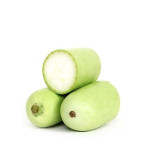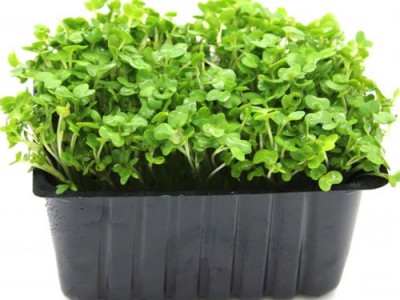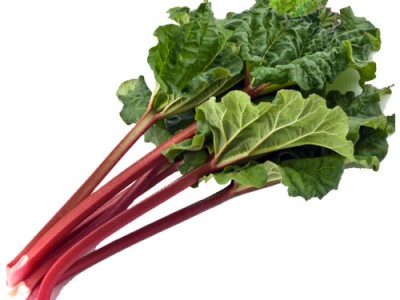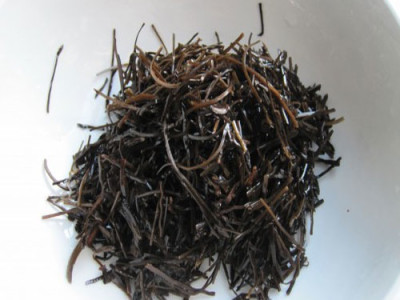
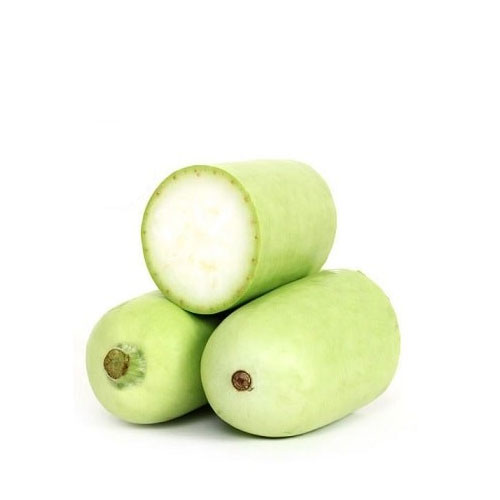
Bottle Gourd Aspects,Cultivation And Its Uses
Bottle Gourd aka calabash Aspects
Plants and trees spread happiness to the whole world in a different way. Leading a life without hundreds of trees is beyond imagination. Except few plant species majority of them are harmless creatures. This topic will deal with the plant named Bottle Gourd. The botanical name of this plant is Lagenaria siceraria. The other common names of these plants are calabash, white-flowered gourd, opo squash or long melon. Rounder varieties are normally called as calabash gourd. These plants are grown only for its fruit which is none other than bottle gourd. Bottle gourd originated in the country of Africa and slowly other countries like Africa, Asia, This species was being grown in America over 8000 years ago.
Cultivation
- Europe and America started cultivating it as vegetable fruit. It is cultivated in tropical and subtropical areas of the world.
- Bottle gourd grows wonderfully in well-drained, moist, rich soil.
- These plants need lots of sunshine for growth. Bottle gourd grows at an astonishing speed and its stems can reach a length of 9 m.
- The plant can grow up to the top of the tree when it is planted near it.
- This plant produces white flowers. The male flowers have long peduncles and the females have short ones.
- Crops will be ready for harvest after two months and the yield ranges from 35 m – 45m tons.
xture of the skin.Principle Amount Value % DV of RDA Energy 14 Kcal <1% Carbohydrates 3.39 g 2.50% Protein 0.62 g 1% Total Fat 0.02 g 0.50% Cholesterol 0 mg 0% Dietary Fiber 0.5 g 1% Vitamins Folates 6 µg 1.50% Niacin 0.320 mg 2% Pantothenic acid 0.152 mg 3% Pyridoxine 0.040 mg 3% Riboflavin 0.022 mg 2% Thiamin 0.029 mg 2.50% Vitamin A 16 IU 0.50% Vitamin C 10.1 mg 17% Electrolytes Sodium 2 mg <1% Potassium 150 mg 3% Minerals Calcium 26 mg 2.60% Copper 0.034 mg 4% Iron 0.20 mg 2.50% Magnesium 11 mg 3% Manganese 0.089 mg 4% Phosphorus 13 mg 2% Selenium 0.2 mg <1% Zinc 0.70 mg 6.50%
Uses
- This plant has a cytotoxic substance named cucurbitacins. But the plant is not normally toxic and many consume these gourds every day.
- Indians use these gourds in their daily cuisines and is a popular vegetable in Indian continent.
- Many countries like Japan, Pakistan, Vietnam, Philippines and Srilanka use this vegetable as food item.
- Many countries use Bottle Gourd as utensils or handicraft item and also for carrying water.
- Many people dry the gourd and use it for smoking pipe tobacco.
(Visited 997 times, 1 visits today)

